Gillman Barracks celebrates 13 years, with end date in sight
Like the Projector, its story will close – but this weekend spotlights its extraordinary place in the arts scene

[SINGAPORE] Gillman Barracks turns 13 this Saturday (Aug 30) with day-long celebrations held in conjunction with Singapore Gallery Month. Since 2012, the former army camp has transformed into one of Singapore’s most beloved contemporary art precincts, helping to normalise gallery-going among both the young and the old.
But its time is limited. Under the Urban Redevelopment Authority’s Draft Master Plan 2025, the site will be re-zoned for residential use once leases expire in 2030. Like other critical cultural institutions – such as the Substation and the Projector – Gillman, as we know it, will slip into the past.
For Audrey Yeo, founder of Yeo Workshop, Gillman’s foundational framework is its strength. “Galleries were handpicked from the beginning to come here. Today, while some came and went, and others joined over time, Gillman continues to be home to some of Singapore’s most dynamic galleries. They regularly update their programmes, nurture artists, and present groundbreaking exhibitions.”
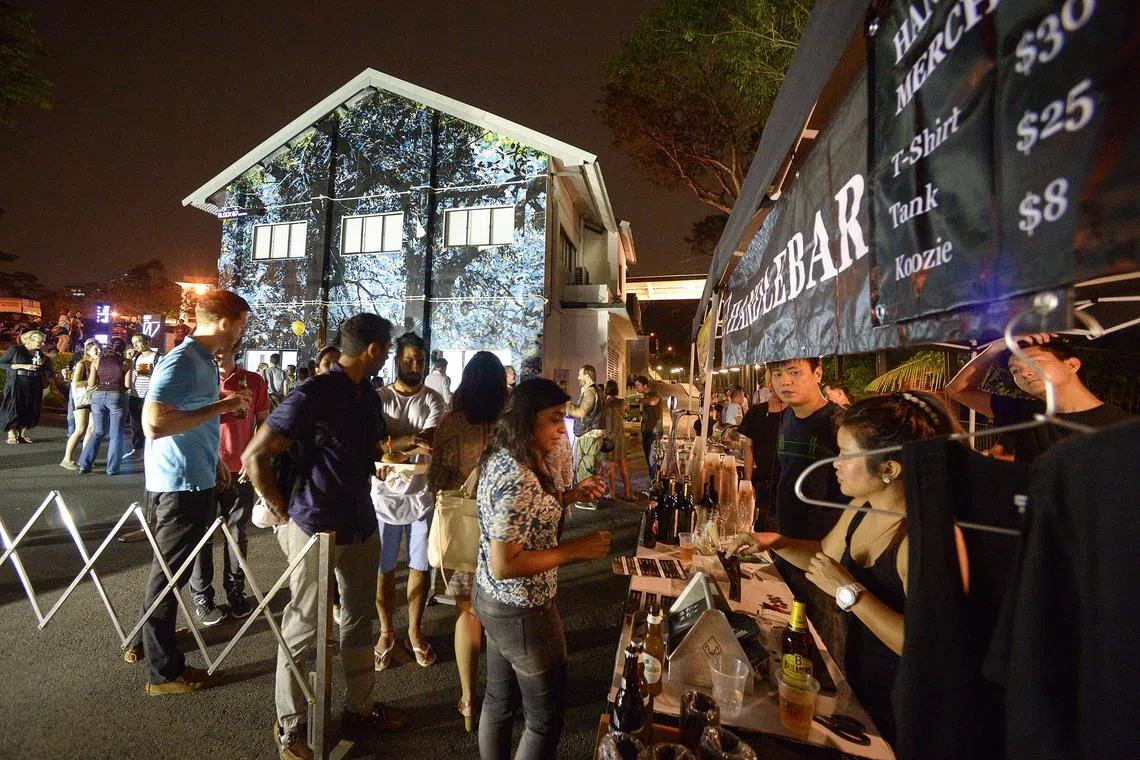
Audiences have grown steadily over the years. Theresia Irma, gallery manager of Mizuma Gallery, recalls the early days when footfall was uncertain. “In the beginning, people were shy about walking into a gallery. Now we see more local visitors, especially younger audiences in their 20s and 30s. The number of people who actually enjoy looking at art has improved significantly.”
Still, the looming lease expiry remains real. “Everyone has accepted the fact that, at some point, we will have to move out,” says Irma. “For Mizuma, as long as we can stay, we will. We’ve built an audience here and it makes sense to continue until the end.”
Yeo, who is also president of the Art Galleries Association Singapore, points to broader challenges. “There is limited government support for what is still a nascent industry in need of sustained growth. Public literacy and awareness of contemporary art are still developing. Even world-renowned art districts like Beijing’s 798 Art Zone took many years to flourish.”
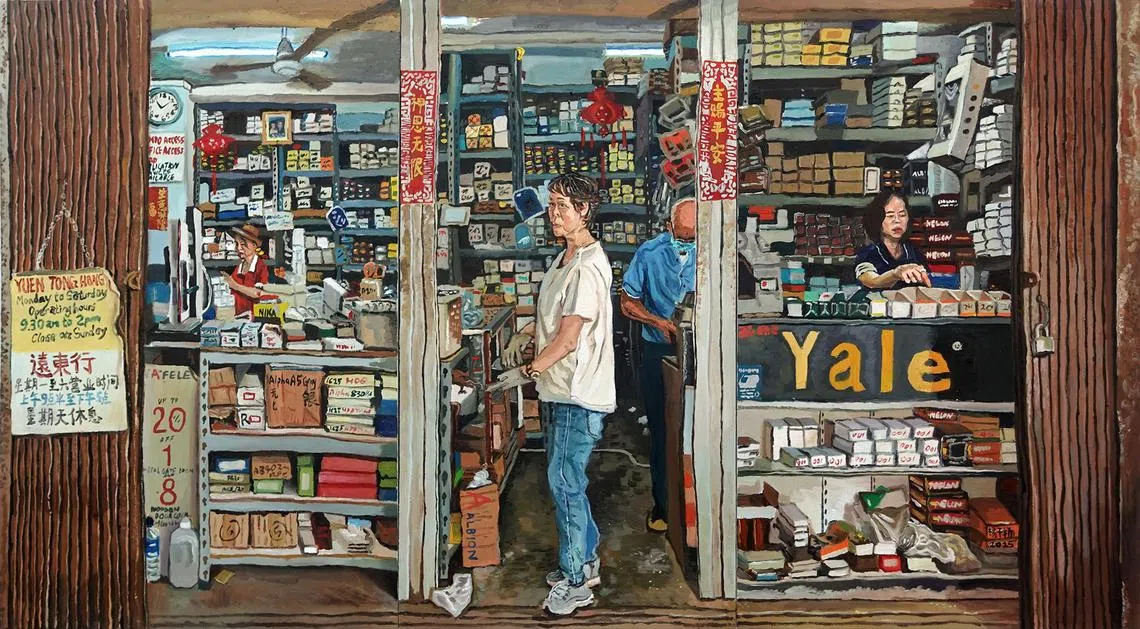
By 2030, Gillman Barracks will have lasted 18 years – longer than sceptics once predicted. But for now, its 13th anniversary is a chance to celebrate a space that continues to play a vital role in opening doors to contemporary art.
Here are the various gallery showcases at Gillman Gatherings this Saturday.
Mizuma Gallery
One of the first galleries in Gillman Barracks, Mizuma’s ambitious show takes a playful dive into Japanese pop culture, where art, monsters, and video games collide. Twelve Japanese artists reimagine everything from Godzilla to glitchy game screens, blending nostalgia with sharp social commentary. Kenji Yanobe’s futuristic Ship’s Cat takes off in a sculptural “spaceship”, while others turn clay, paintings, and animations into creatures that straddle myth and modern life. Visitors can even play games inside the gallery, blurring lines between artwork and entertainment. This Friday and Saturday, the artists and curators will be present at the gallery to discuss their works.
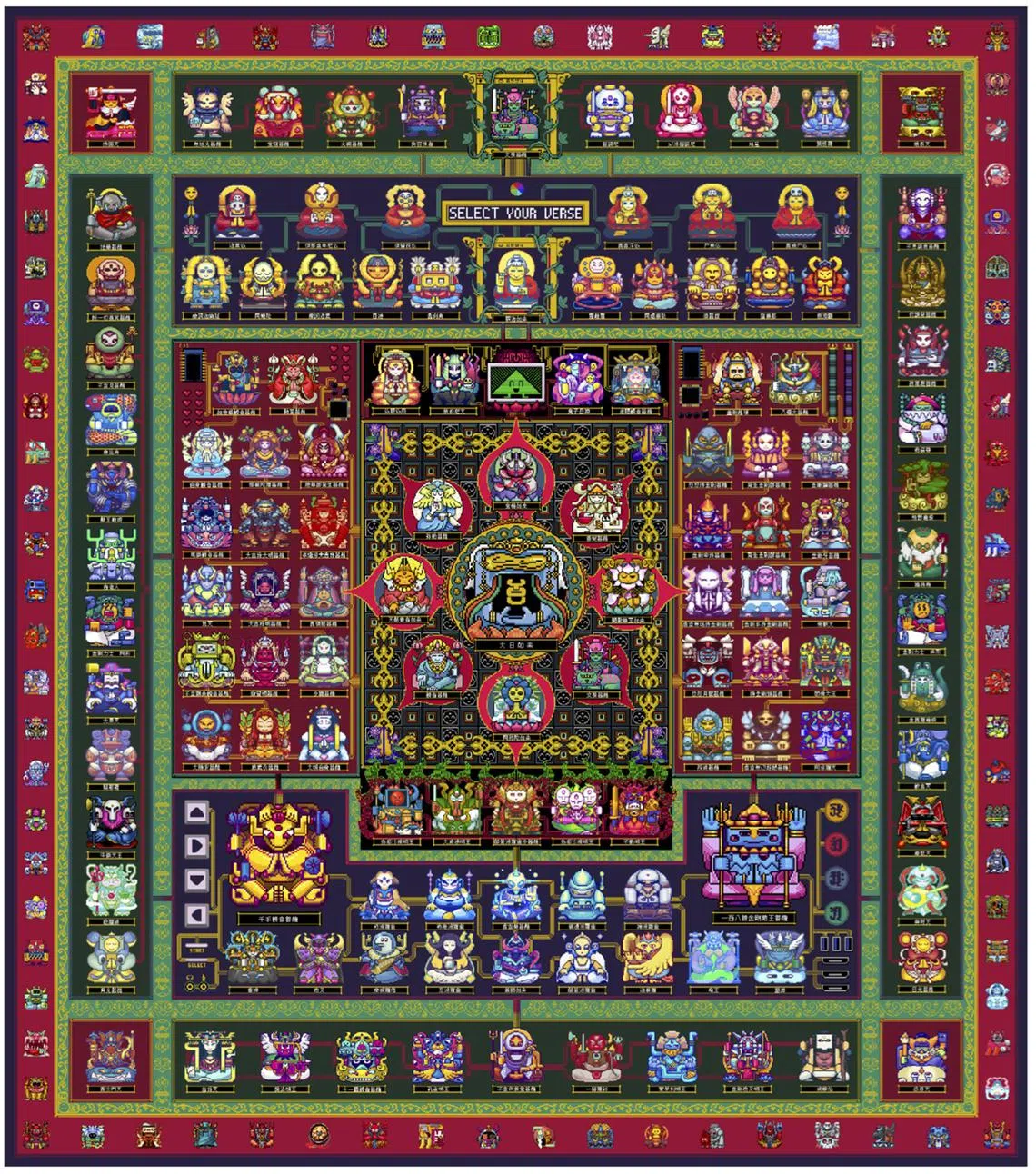
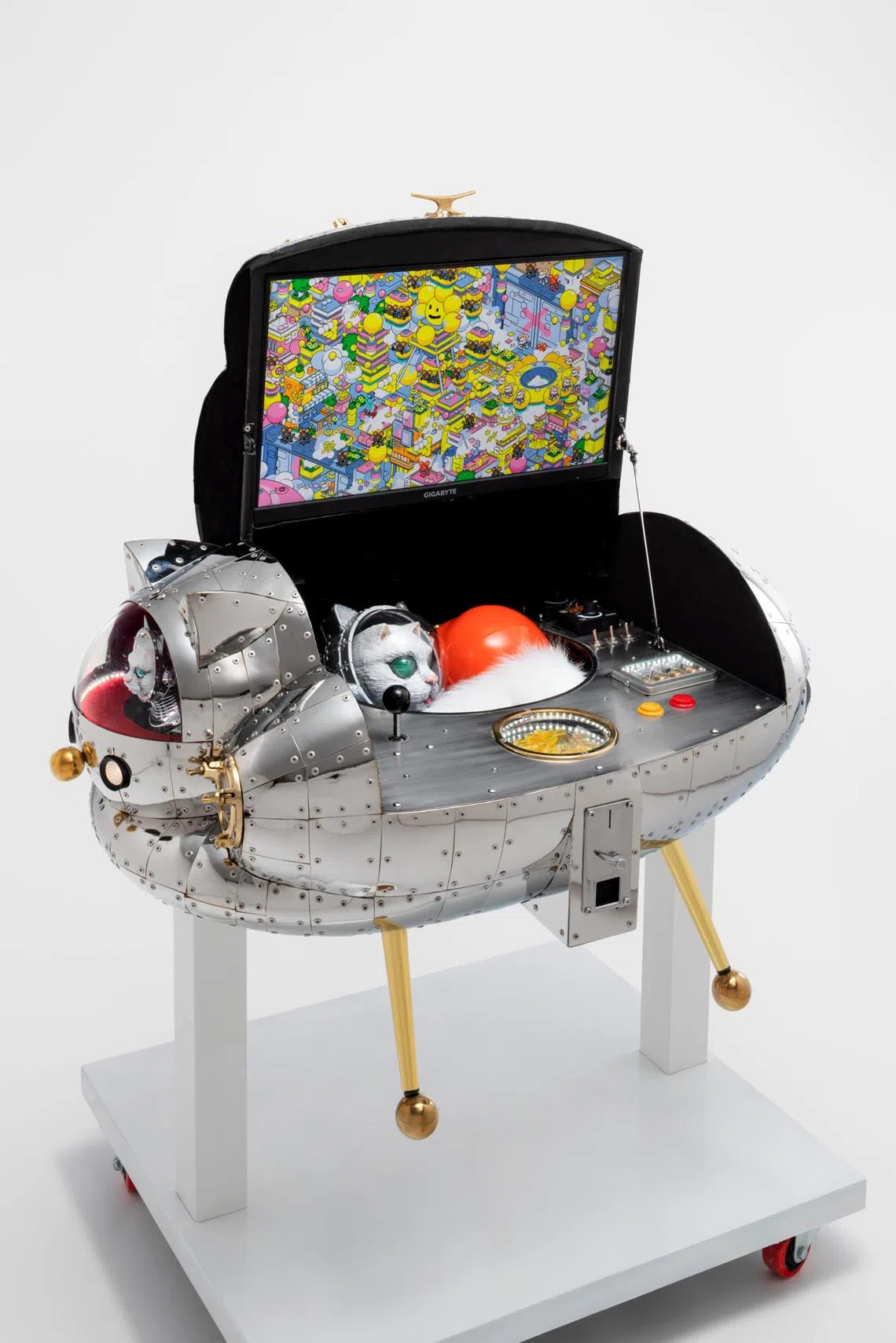
Columns Gallery
Kim Kang-Yong’s Boundaries Between Reality And Image at the Columns Gallery elevates the humble brick into an optical puzzle. His pastel and monochrome cubes blur the line between painting and sculpture, light and shadow, and reality and illusion. The repetition and subtle variation creates a gently hypnotic rhythm, inviting viewers to question what is solid and what is imagined.
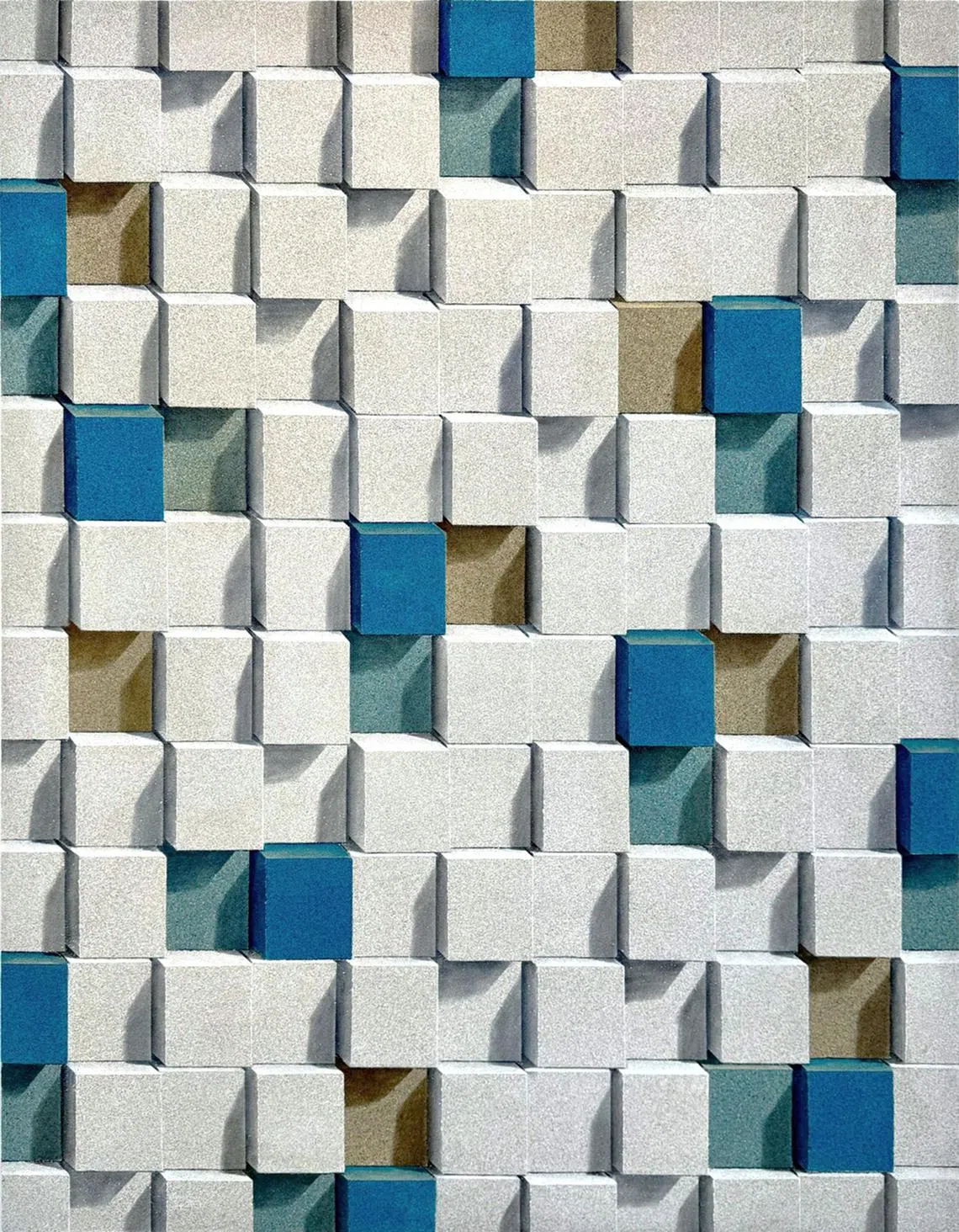
ShanghArt Gallery
Love dogs? Don’t miss Lai Yu Tong’s first solo exhibition at ShanghArt, which centres on his encounters with a pack of stray dogs near his home. The show includes drawings, collages, sculpture, sound and a performance, exploring themes of fear, empathy, and connection with creatures living on society’s fringes. Using everyday materials like cardboard, wood, and paper, Lai renders the dogs as ghostly, elusive figures – a metaphor for beings who exist out of sight yet share our environment.
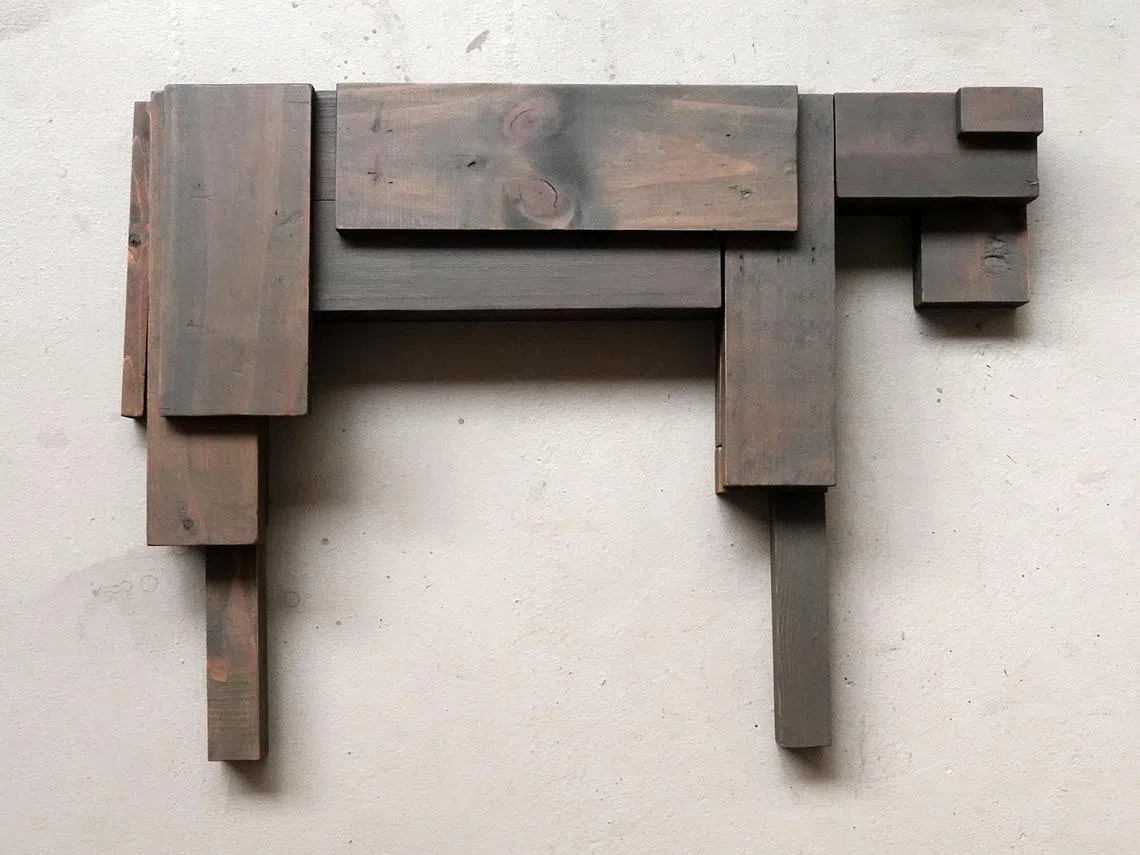
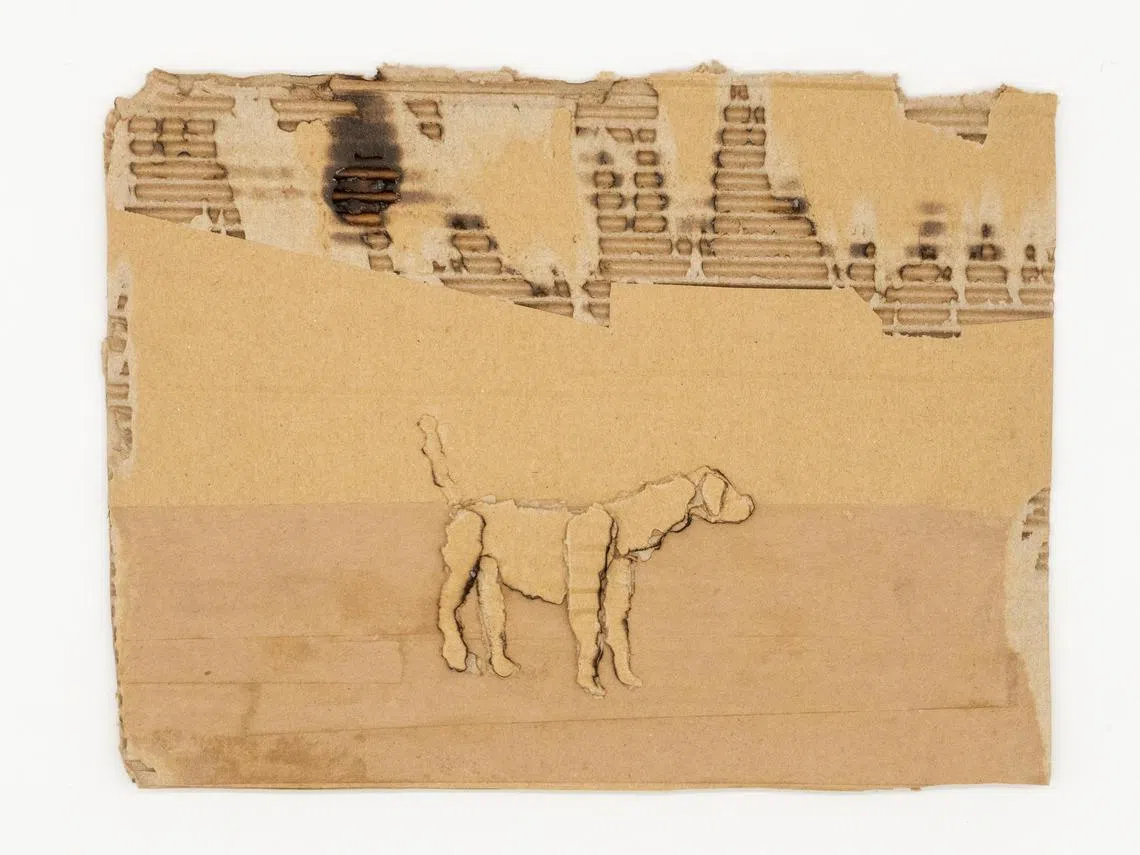
Ota Fine Arts
Ota Fine Arts has always upheld an uncompromising vision – and its latest exhibition is no exception. A Few Ordinary Parallel Lines, the gallery’s first solo presentation of Chinese artist Zhao Yao in Singapore, features 21 paintings from his eggshell-based series (2022-2025) alongside reproductions of his journals. The works are made by cracking, unfolding, and arranging eggshells into parallel rows on linen, subtly revealing variations in tone and texture. Inspired by the pandemic years, the series reflects on fragility, routine and the quiet distinctiveness of life through everyday materials and repetitive labour.
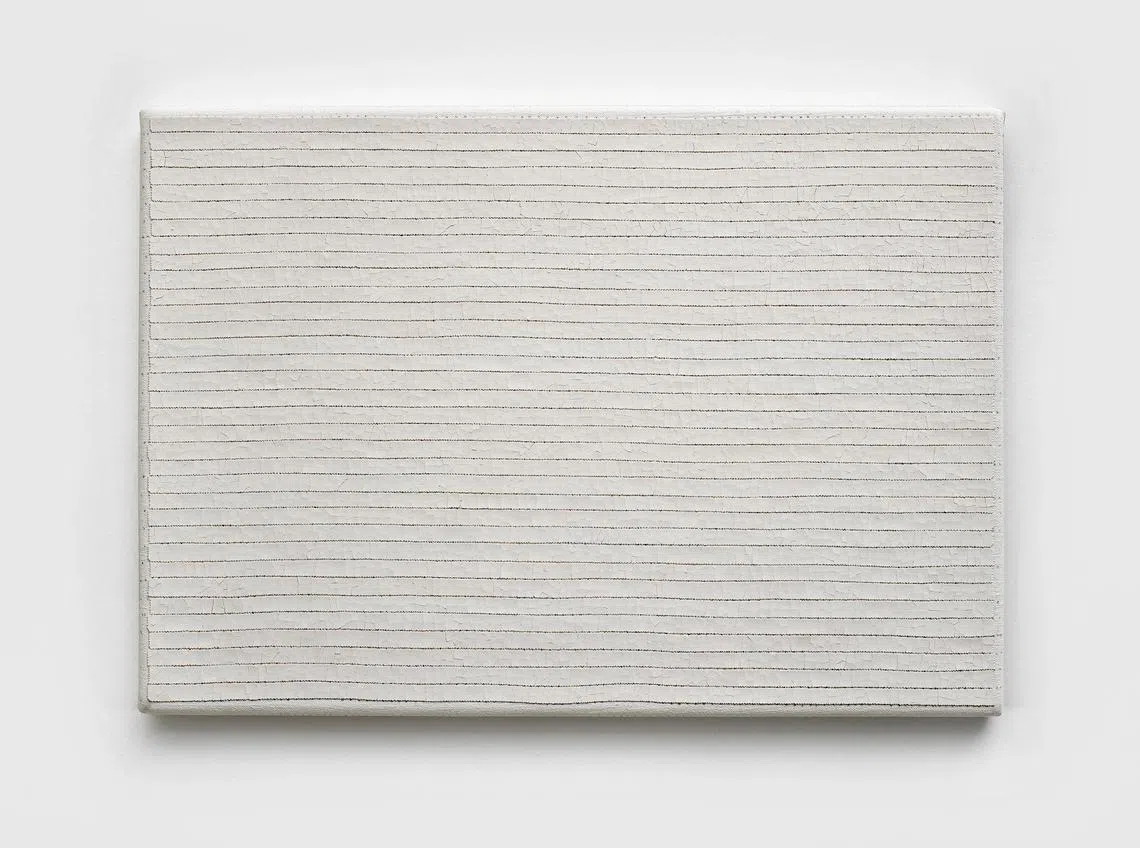
Sundaram Tagore Gallery
Soft Power at Sundaram Tagore Gallery brings together nine international artists who show how art can persuade, provoke, and connect without force. The works highlight women’s voices and overlooked cultures through bold paintings, striking sculptures, and powerful photography. Jane Lee’s layered canvases push painting beyond its edges, while Tayeba Lipi turns razor blades into glittering household objects – a sharp reminder of gendered violence. Lalla Essaydi’s photographs reframe traditional images of women, and Anila Quayyum Agha’s intricate patterns transform space into something inclusive. Together, they question who holds power and how it is exercised.
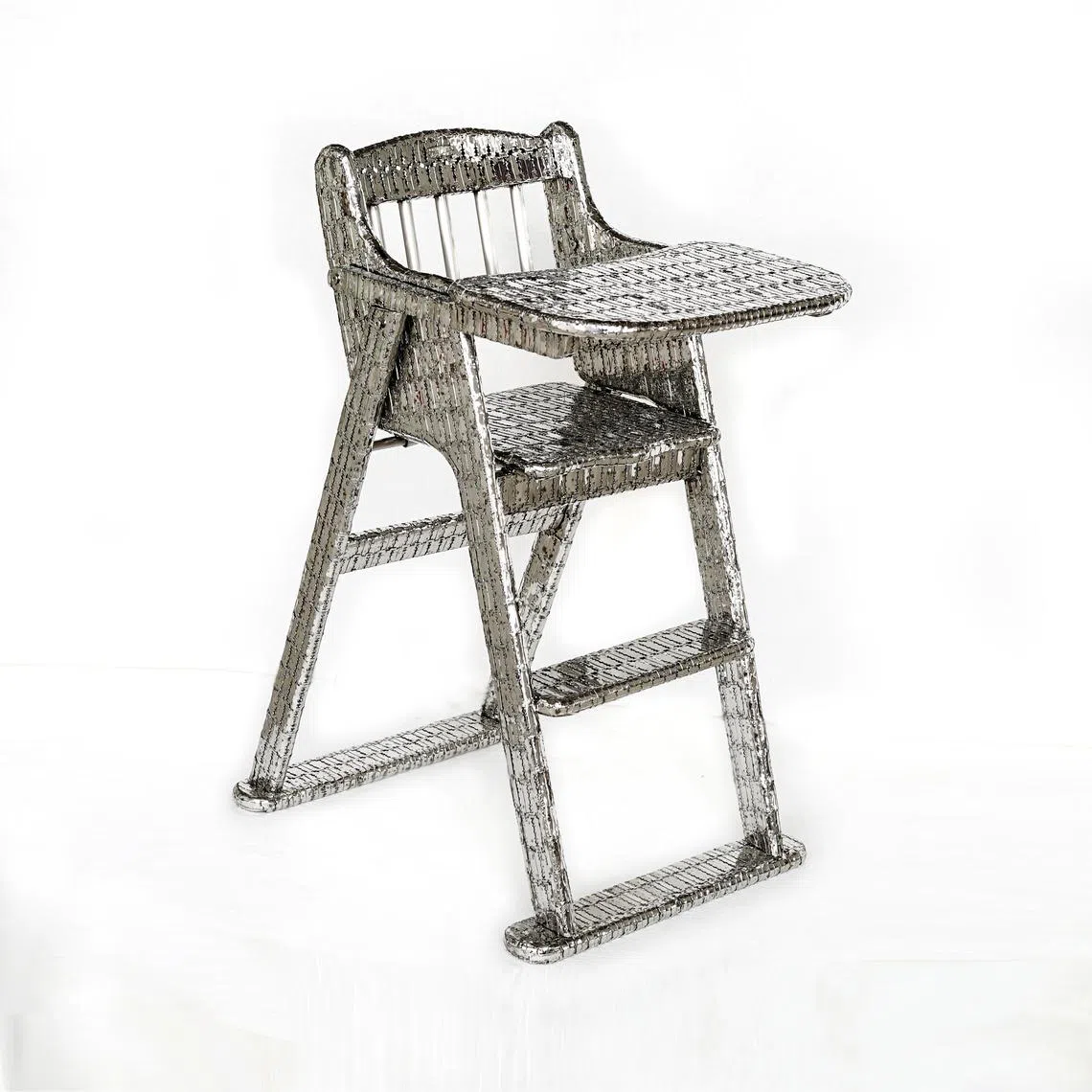
Fost Gallery
Fost, another pioneering gallery in Gillman, is showcasing The Lie Of The Land: Sediments. It brings together eight local artists to reflect on Singapore at 60. Taken together, the works suggest how history, memory, and people build upon one another over time, like layers of sediment. Kray Chen’s playful speaker sculpture recalls childhood pleasures of listening to the radio, while Yeo Tze Yang’s painting of a family locksmith shop preserves its warmth and community. Grace Tan’s fragile brick installation and Wyn-Lyn Tan’s shifting landscapes show how balance is never fixed, while Lavender Chang’s photo of election rally crowds captures a fleeting moment of collective life. The show quietly asks: what holds us together, and what shifts beneath our feet?
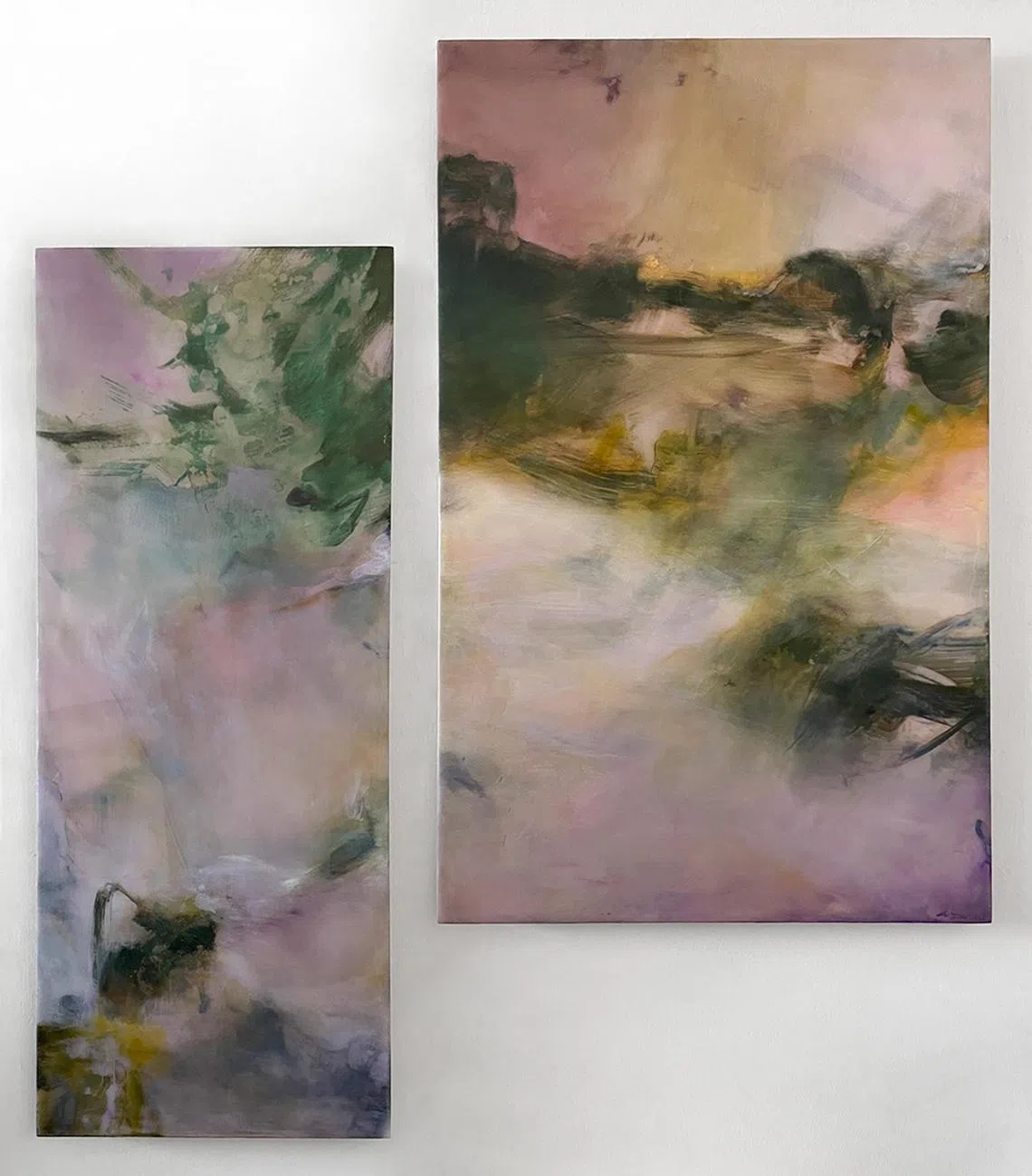
Yeo Workshop
Six of Yeo Workshop’s artists come together to reflect on how we navigate the systems that shape our lives. Aki Hassan’s tender, handwritten letters honour queer kinships, while Marcin Dudek’s fragile ladder installation becomes a metaphor for personal struggle and growth. Maryanto’s monochromatic landscapes uncover the damage inflicted on forests by industry and exploitation, while Justin Loke’s broken chairs question how we consume violence from the comfort of our homes. Completing the line-up, Noor Mahnun Anum’s still life of everyday objects and Xue Mu’s shifting abstractions offer their own perspectives on fragility, resilience, and care.
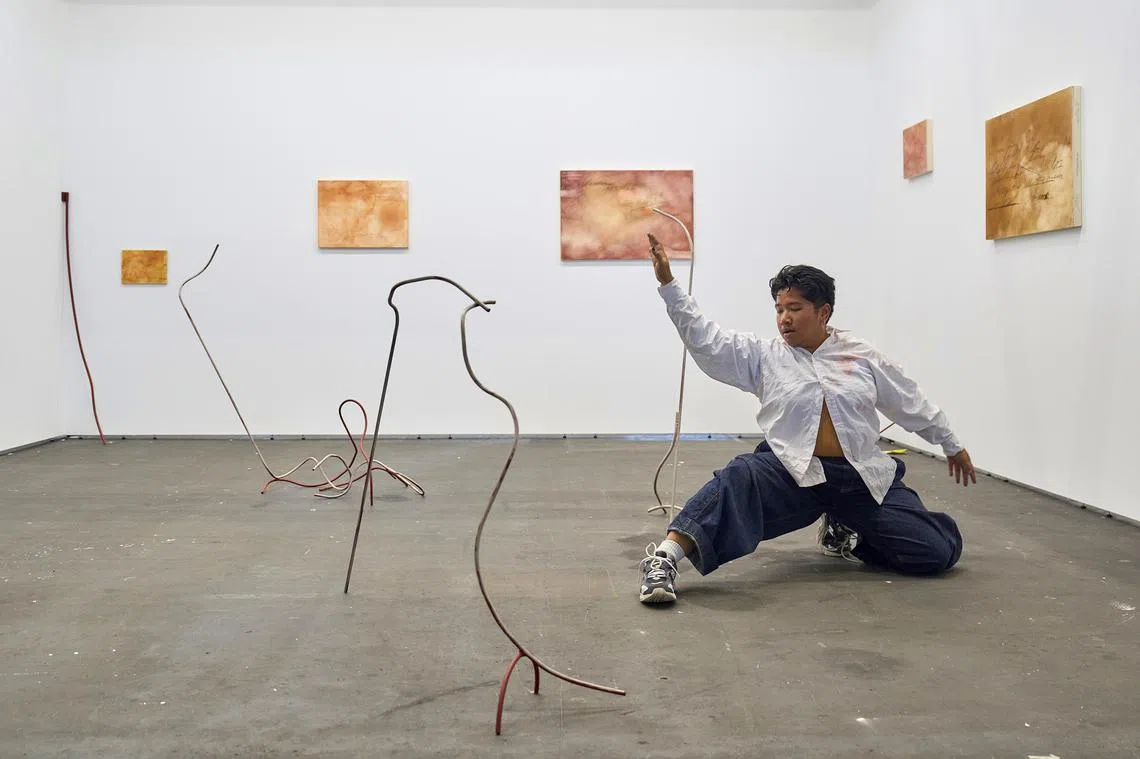
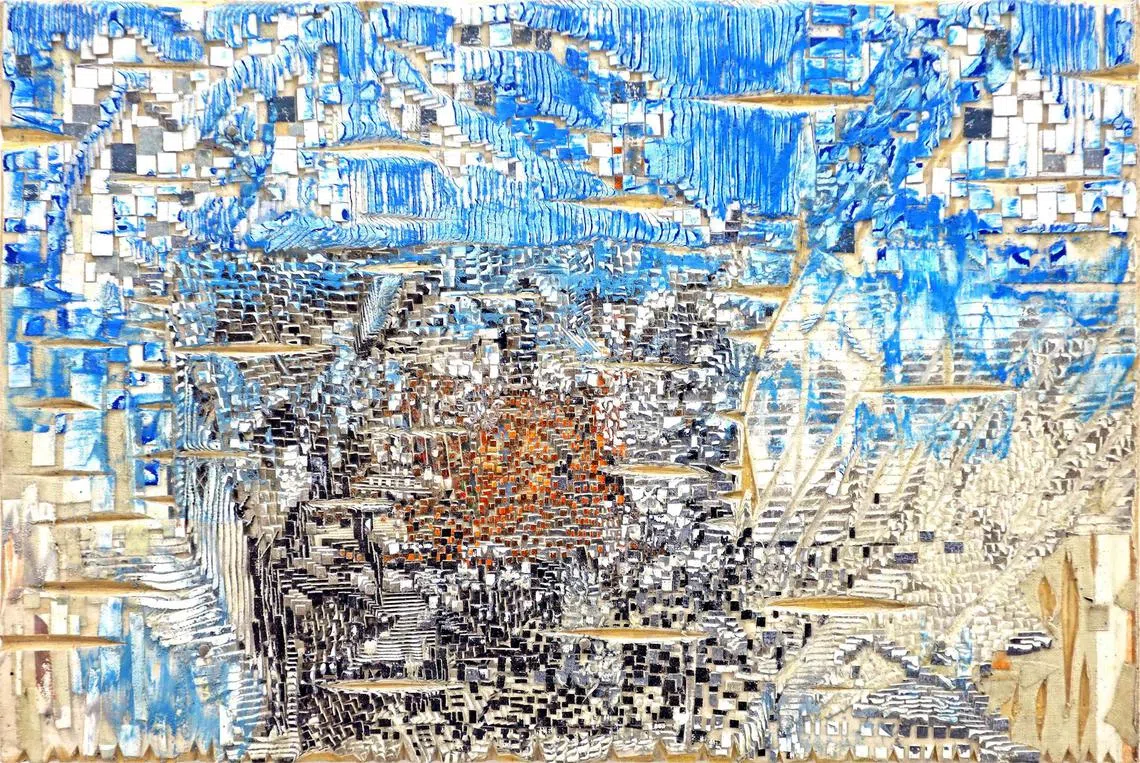
Richard Koh Fine Art
Richard Koh Fine Art brings together eight artists from Singapore and Malaysia in a lively cross-straits conversation. The works are strikingly diverse – from Ruben Pang’s luminous, dreamlike paintings to Yeoh Choo Kuan’s textured canvases that pulse with emotion. Hasanul Isyraf Idris draws on comics and folklore to create surreal narratives, while Samuel Xun and Siew Guang Hong bring fresh voices exploring identity through textiles and the body. Zelin Seah meditates on overlooked spaces, and Hu Qiren probes cultural dualities. Together, the show highlights the shared spirit and differences shaping two neighbouring art scenes today.
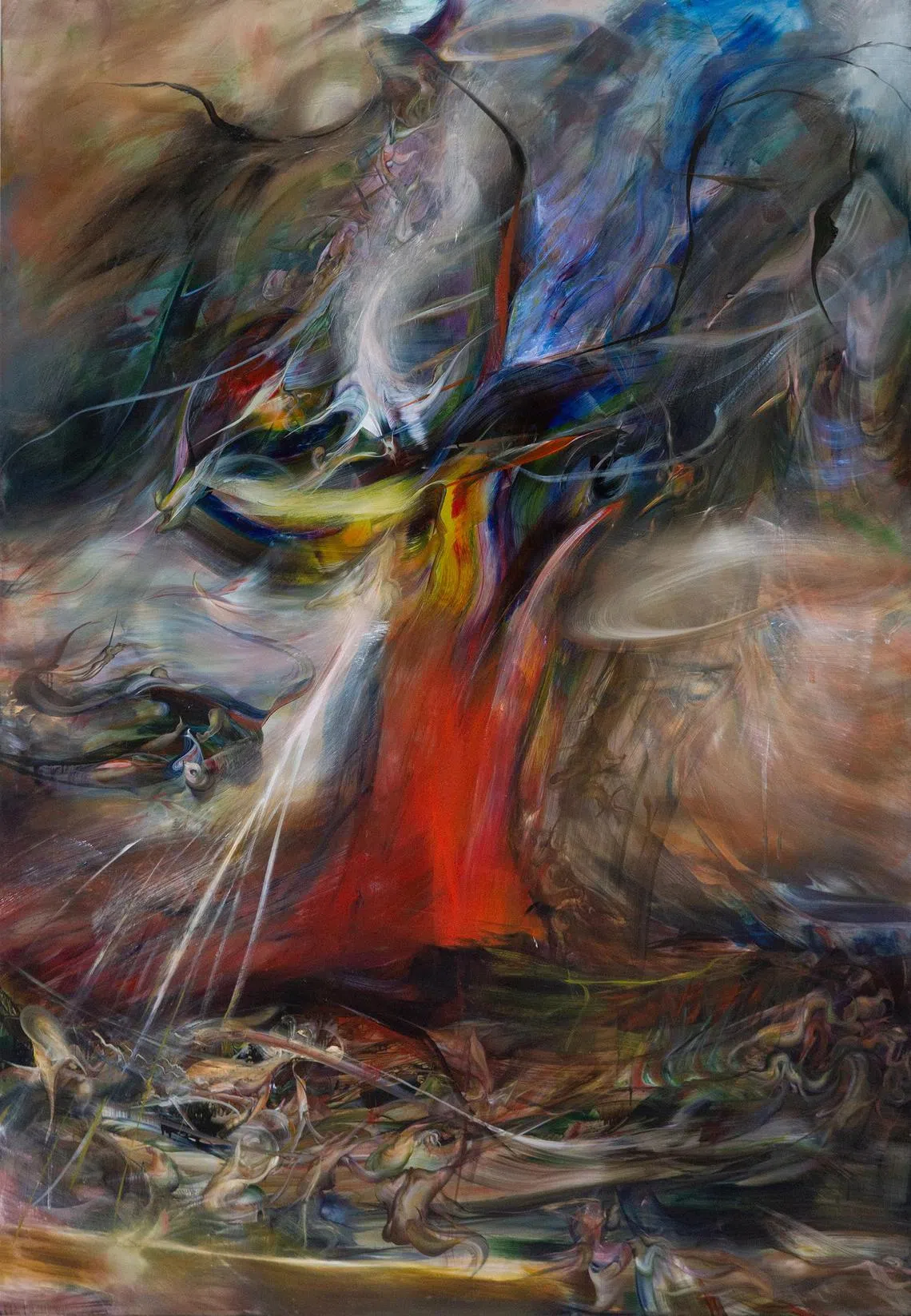
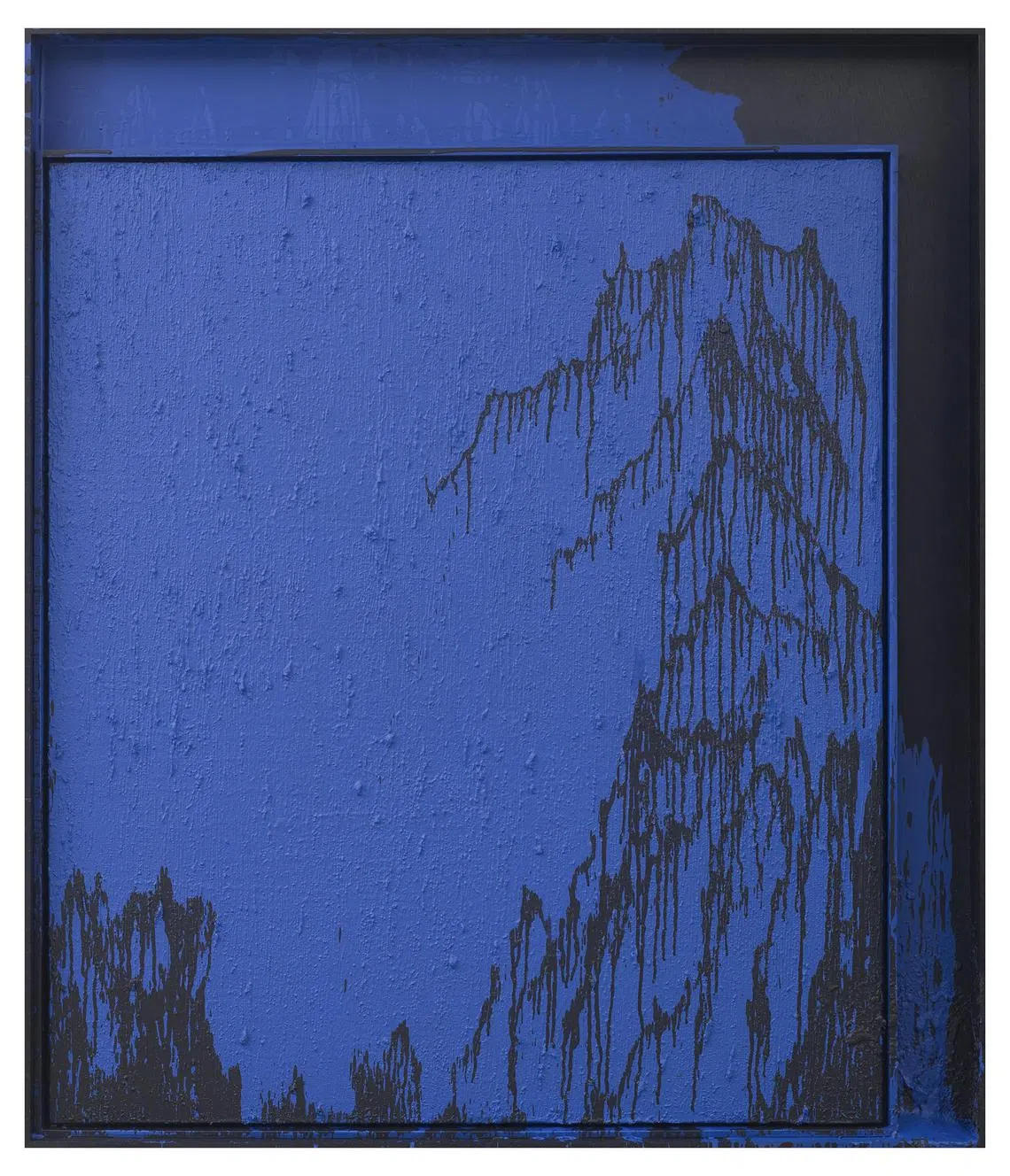
Decoding Asia newsletter: your guide to navigating Asia in a new global order. Sign up here to get Decoding Asia newsletter. Delivered to your inbox. Free.
Copyright SPH Media. All rights reserved.



